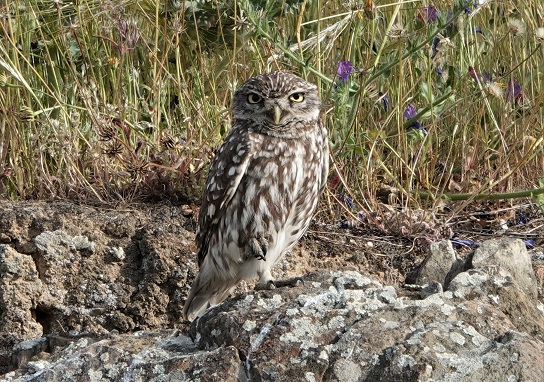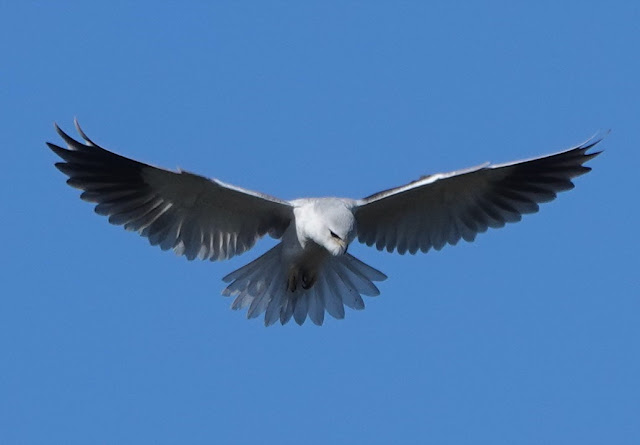Tented colonies
 |
| The homes of the Winter Webworm Ocnogyna beatica (Martin Kelsey) |
I am standing beside pasture in late winter, facing the low sun, and watching the light refracting from silvery patches that freckle the field. They glow like medallions on the green baize of the meadow. I approach one and bend down to take a closer look. The structure is a canopy, closely woven, holding tiny globules of dew which collectively provide the silver sheen on the web. But I am more curious of its inhabitants, for below this tent squirm several hundred tiny caterpillars. They are the Winter Webworm, the larva of a tiger moth Ocnogyna beatica, a species of the western Mediterranean basin.
 |
| The Winter Webworm Ocnogyna beatica colony (Martin Kelsey) |
Hatching in the middle of winter, they spend the first few weeks of their lives in these tented colonies. Their diet is catholic, consuming the winter greens of fresh foliage of clovers, mallows, vetches and mustards, and probably pretty much anything else growing around them. It strikes me that these veiled tents under which they are domiciled not only protect them from hoar frosts, but must also act like cloches for the food plants around the larvae. In a dry winter like this one, dew formation is a crucial source of moisture and perhaps the structures that the caterpillars have made create a favourable micro climate for the plants they feed on.
 |
| Winter Webworm larva on a sand crocus in early March (Martin Kelsey) |
Once they are two or three centimetres long, come late February, the caterpillers evacuate their tents and roam widely. In places they become super-abundant, masses crossing tracks and roads, all heading in one direction, synchronised around a mysterious cue. By late spring they enter their pupa stage, a chrysalis that lies deep in the ground (10 to 20 centimetres) far from the severe dessicating drought of summer. This is the longest stage of their annual cycle.
With the autumnal rains the adults emerge, the male with attractive variegated black and white wings and the wingless female, looking like a miniscule yak - plump with shaggy auburn hair. She will lay clusters of eggs and her progeny just three months further on will dapple the pastures with their minature greenhouses.



Comments